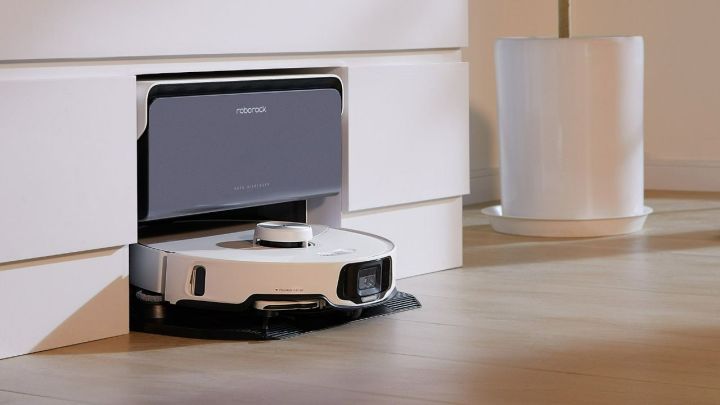
Robot vacuums are a great addition to any home. The best products on the market are capable of vacuuming and mopping without any manual input, giving you an easy way to automate your floor-cleaning needs. Some will even empty their dustbins and wash their mops — making them shockingly autonomous. But should you still own a regular vacuum if you have a robot vacuum? After all, robot vacuums aren’t cheap, and owning both types of products might seem superfluous and expensive.
Unfortunately, robot vacuums are not yet at the point where they can clean your entire home, making it important for all families to hold on to a regular vacuum. Here’s a closer look at robot vacuums and why they’re not a complete replacement for your upright or cordless vacuum.
Robot vacuums can’t reach all areas of your home
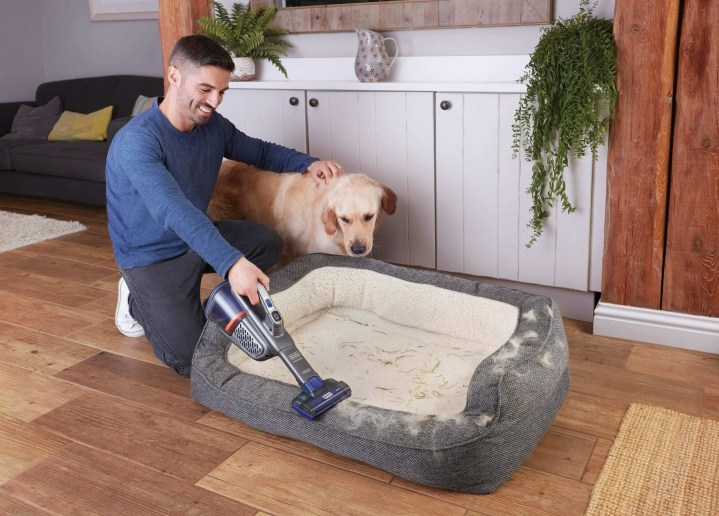
Things have improved over the years, but robot vacuums still can’t clean every inch of your house. This includes stairs, furniture (such as couches or doggy beds), cramped spaces under tables, and other areas of the home that might be too small for the robot — such as behind a sectional or up against baseboards. Some robot vacuums are better than others at reaching these difficult locations, with newer models employing swinging mops and brushes to better clean awkward spaces. However, they’re still not perfect and are bound to miss a bit of floor space.
This makes it crucial to keep a traditional vacuum on hand so you can clean every spot in your home. Many users will clean these cramped spaces manually while the robot is running, ensuring the house is spotless by the time the cleaning cycle is finished.
Robot vacuums aren’t as powerful as traditional vacuums
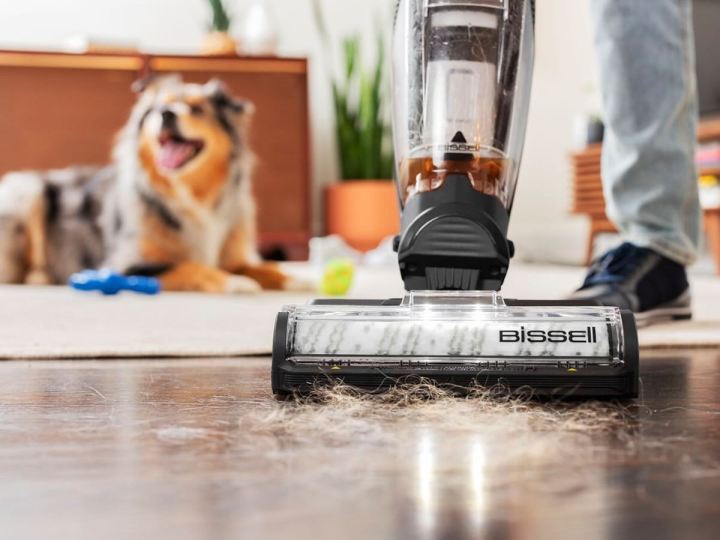
While the best robot vacuums now offer over 10,000 Pa of suction, they’re still not quite as powerful as traditional vacuums. This is especially true when comparing them to plug-in upright vacuums, which often pair heaps of power with large brushes that can better pull pet fur and other debris from carpet. That means it’s important to manually vacuum your home every so often to ensure you’re getting the deepest clean possible. This is especially true for households with pets, as an occasional manual vacuuming will help improve the overall performance of your robot vacuum by preventing it from getting gunked up with excess fur.
Traditional vacuums are better for spot cleanings
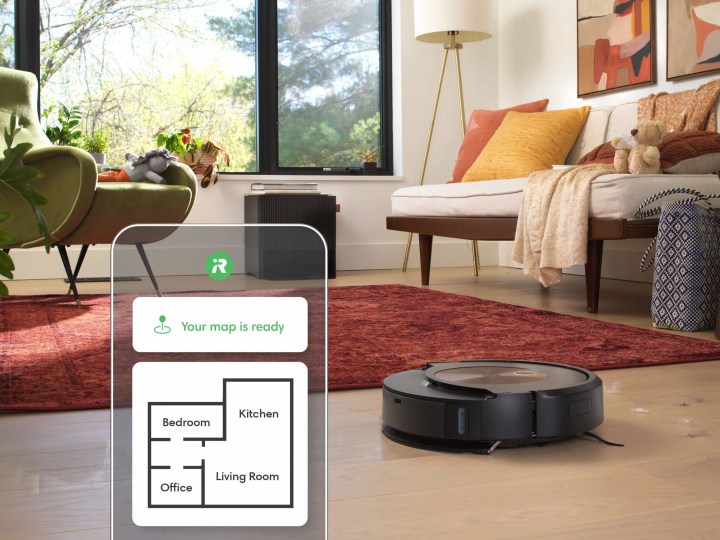
If you accidentally knock a planter pot on the ground or there’s another small mess to clean up, you don’t need to clean the entire house and can instead just vacuum the impacted area. And while some robot vacuums are now capable of performing spot cleans, they’re much slower than regular vacuums. From launching the mobile app and selecting the cleaning area to the robot actually performing the task and emptying its bin, the process is surprisingly lengthy. Instead, homes with a traditional vacuum can plug it in and get the mess cleaned in seconds.
Consider a combo unit
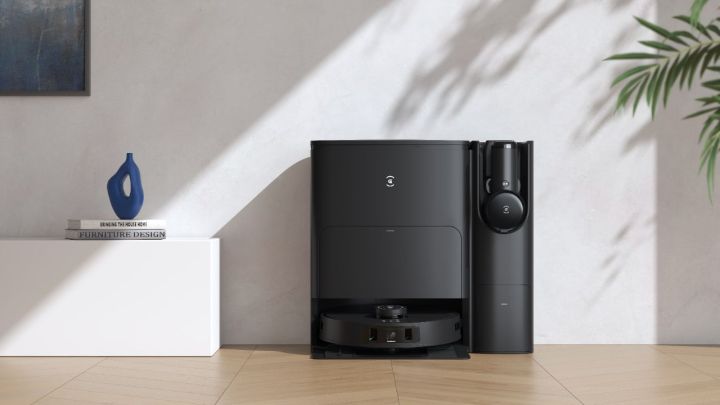
If you like the idea of buying one product to tackle all your floor-cleaning needs, consider looking at the handful of combination products available on the market. A few manufacturers are now bundling robot vacuums with cordless vacuums — giving you an easy way to snag products to clean every inch of your home. The Ecovacs T30S Combo is a notable example, as it’s powerful, relatively affordable, and empties the dustbin for both the robot and cordless vacuums, allowing you to keep both your floors and hands clean.
Editors’ Recommendations

